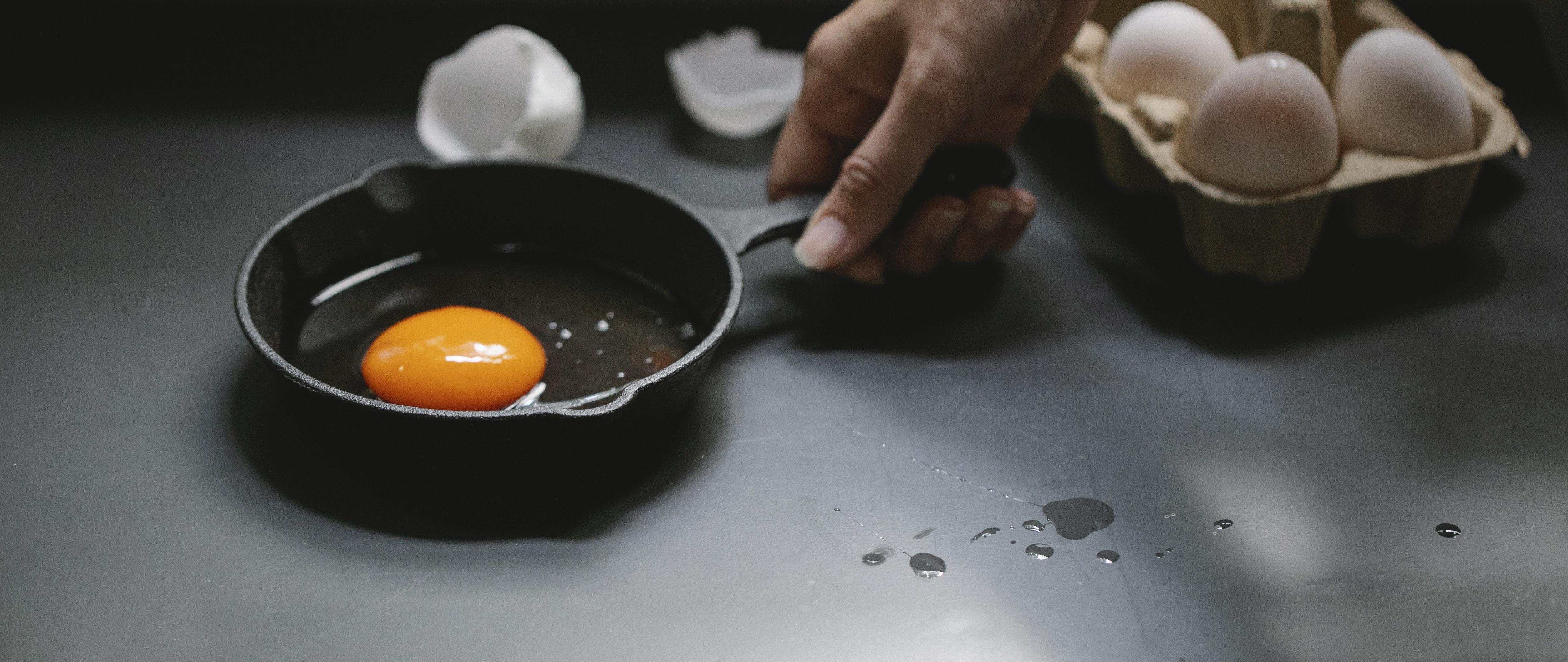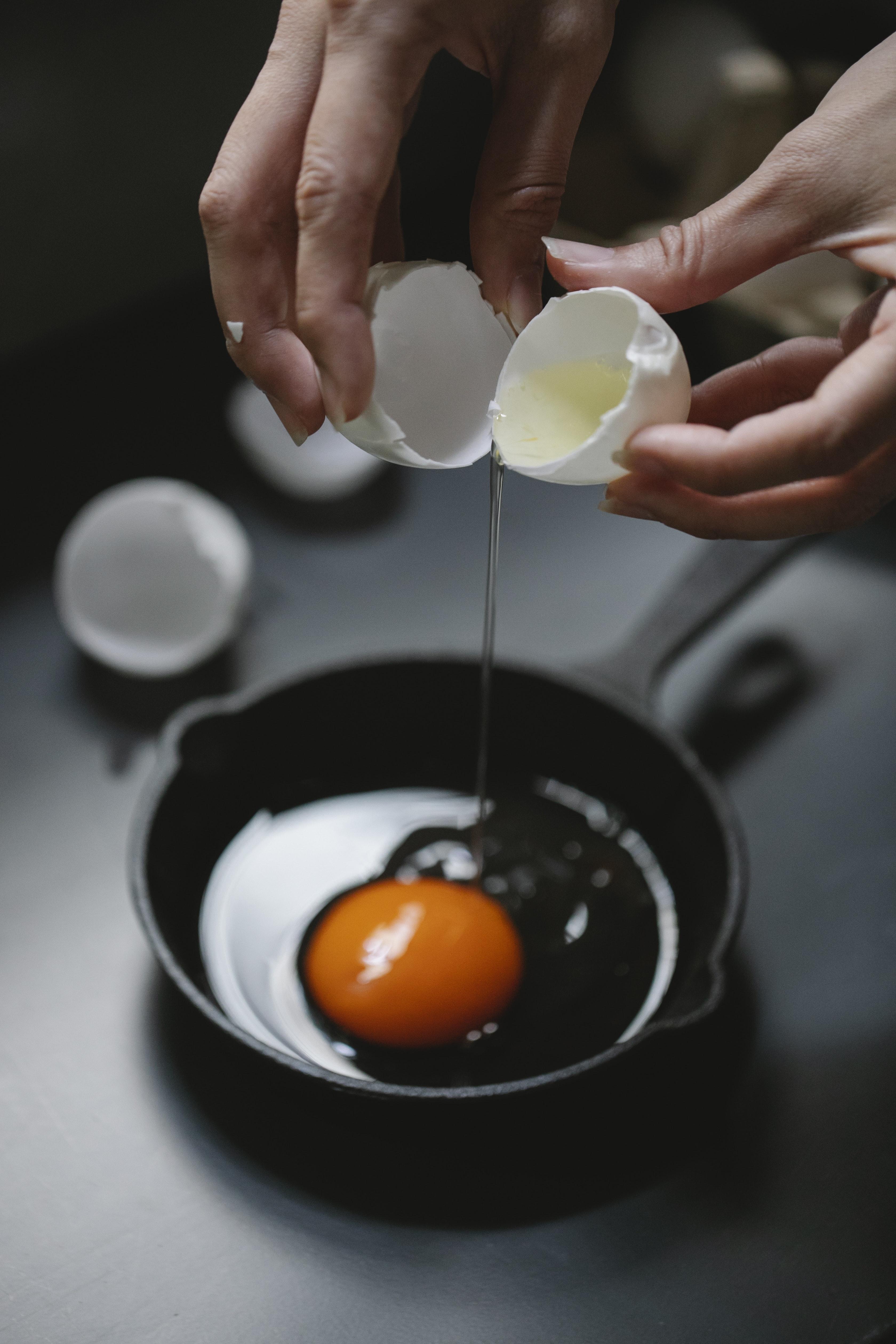It’s a lazy Sunday morning, and you’re in the mood for a delicious and protein-packed breakfast. But as you stand in front of your stove, contemplating whether cooking an egg is a physical or chemical change, you find yourself pondering the wonders of science.
In the world of chemistry, changes can be categorized as either physical or chemical. Physical changes involve alterations in the appearance or state of matter, without any change in its chemical composition. On the other hand, chemical changes result in the formation of new substances with different chemical properties.
In this blog post, we’ll delve deeper into the transformative journey of an egg as it undergoes the cooking process. We’ll explore the science behind whether cooking an egg can be classified as a physical or chemical change, and uncover the fascinating nuances of culinary chemistry. So, grab your apron and let’s dive into the sizzling world of egg cooking!

Is cooking an egg a physical change?
Cooking an egg is a fascinating process that can be both scientific and delicious. But is it considered a physical change? Let’s delve into the science behind cooking an egg and find out.
The Chemistry Behind an Egg
To understand if cooking an egg is a physical change, we first need to grasp the chemistry of an egg. An egg is composed of proteins, fats, and water. The proteins in the egg, specifically the albumen (egg white) and the ovomucin, undergo structural changes when exposed to heat.
Cooking: A Transformation Begins
When you crack an egg into a hot frying pan, the heat causes the proteins to denature. Denaturing means that the proteins unwind from their natural shape, causing them to bond with each other and form a solid mass. The egg white turns from transparent to opaque, and the texture changes from runny to firm.
Going Beyond Physical Changes
At first glance, it may seem like the cooking process falls under the category of physical changes. After all, the egg changes color, texture, and consistency. However, cooking an egg involves more than just a physical transformation.
Chemical Reactions at Play
When heat is applied to an egg, a chemical reaction called the Maillard reaction takes place. During this process, the proteins and sugars in the egg react, giving the cooked egg its final golden brown color and a distinct flavor. This reaction goes beyond a physical change because the molecules of the egg are actually rearranging and forming new compounds.
Embrace the Complexities!
So, is cooking an egg a physical change? The answer is not as simple as it may seem. While certain aspects of the cooking process involve physical changes, such as the denaturation of proteins, the overall transformation of the egg involves chemical reactions that make it more than just a physical change. Cooking is a delicate dance of science and culinary art, and the egg serves as a perfect example of this complex interplay of physical and chemical transformations.
Next time you crack open an egg and transform it into a mouthwatering dish, appreciate the magic that happens within the pan. From proteins denaturing to chemical reactions creating new compounds, cooking an egg is a blend of physical and chemical changes. So go ahead, embrace the scientific wonder that lies behind the simple act of cooking an egg!
Keywords: cooking an egg, physical change, chemistry of an egg, denature, Maillard reaction, proteins, chemical reactions

FAQs: Cooking an Egg – Is it a Physical Change?
Cooking an egg is a common practice in almost every household. But have you ever wondered if this culinary transformation is a physical or chemical change? In this FAQ-style blog post, we’ll address some frequently asked questions surrounding the topic and shed light on the scientific aspects of cooking an egg.
Is Boiling an Egg a Physical or Chemical Change
When you put an egg in boiling water and watch it magically transform into a solid-state, it’s easy to assume that it’s a chemical change. However, the process of boiling an egg is actually a physical change. The heat causes the proteins in the egg to denature and coagulate, resulting in the solidification of the egg white and yolk.
Why Isn’t Baking a Cake an Example of a Physical Change
Unlike boiling an egg, baking a cake involves a chemical change. When you mix the ingredients—flour, sugar, eggs, and leavening agents—and expose them to heat, a series of complex chemical reactions occur. The proteins denature, starches gelatinize, sugars caramelize, and the leavening agents create bubbles, leading to a delicious cake.
Is Cooking an Egg an Example of a Physical Change
Yes, cooking an egg is indeed an example of a physical change. When you fry or scramble an egg, heat causes the proteins to denature, altering their structure but without changing their composition. The transformation from a translucent liquid to a solid mass is a result of the physical alteration of the egg’s proteins.
How is Baking Bread a Physical Change
Baking bread, much like baking a cake, involves both physical and chemical changes. As the bread dough bakes in the oven, the heat causes the proteins to denature and form a solid structure. This is a physical change. However, the Maillard reaction and caramelization of sugars also occur, resulting in the flavorful aroma and golden crust, making it a chemical change.
What Type of Chemical Change is Baking a Cake
When it comes to baking a cake, the primary chemical change that takes place is the Maillard reaction. This reaction occurs between the proteins and sugars present in the cake batter under high heat. It leads to the development of appealing flavors, aromas, and the golden-brown crust that we all love.
Why is Frying an Egg a Chemical Change
Contrary to what you might expect, frying an egg is considered a chemical change. The heat causes the proteins in the egg to denature and recombine, leading to the formation of a new substance—a solid fried egg. The change in color, texture, and taste are all indicators of a chemical transformation occurring during the frying process.
Why is Baking Bread an Example of a Chemical Change
Baking bread involves several chemical changes. The enzymes present in the flour break down starches into sugars, and yeast ferments those sugars, producing carbon dioxide gas. As the dough bakes, the proteins undergo denaturation and the Maillard reaction occurs, resulting in the delicious aroma, taste, and texture we associate with freshly baked bread.
Is Breaking an Egg a Chemical Reaction
Breaking an egg may seem like a simple action, but it does not involve a chemical reaction. Instead, it is a physical change where the eggshell is ruptured, and the egg’s contents spill out. The composition of the egg remains the same; only its physical form and location change.
In conclusion, cooking an egg, whether by boiling, frying, or scrambling, involves a physical change. On the other hand, baking a cake or bread entails a combination of physical and chemical changes. Understanding the science behind these culinary transformations adds a whole new layer of appreciation for the delicious dishes we enjoy every day.
Now that you have a better understanding of the physical and chemical aspects of cooking an egg, you’re ready to experiment in the kitchen with confidence. So go ahead, whip up a tasty meal, and marvel at the science happening right before your eyes!
Note: This blog post is for informational purposes only and should not be considered as a substitute for professional advice or guidance. Always follow recommended cooking instructions and best practices when preparing food.
